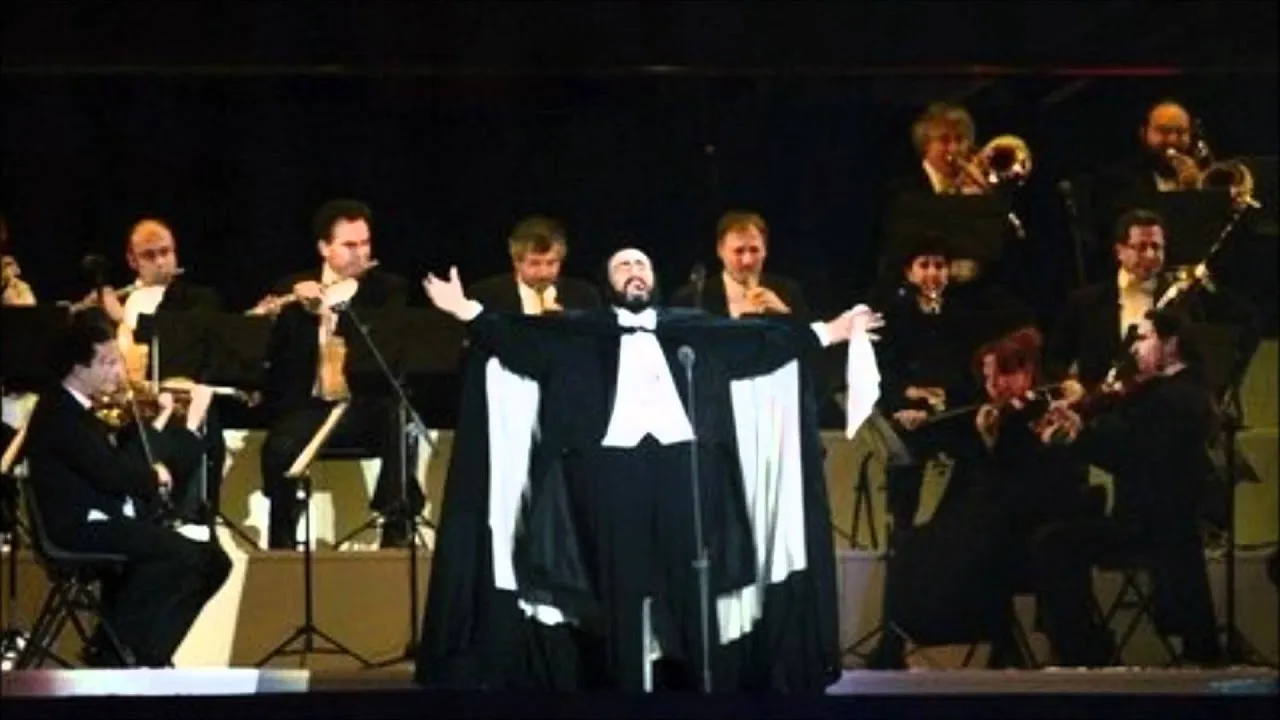
Opera is a form of musical theater that originated in Italy in the late 16th century. It typically features a dramatic story told through a combination of singing, acting, and orchestral music, and is often performed in a theater with elaborate costumes and sets. Opera is known for its elaborate and emotive music, and its stories often revolve around themes of love, betrayal, and redemption.
The first opera, "Dafne," was composed by Jacopo Peri in 1597, and the genre quickly gained popularity throughout Europe. Opera became a major cultural force in the 18th and 19th centuries, with composers such as Mozart, Verdi, and Wagner creating some of their most famous works in this genre.
There are several different types of opera, including:
- Grand opera: This is the most traditional form of opera, characterized by large-scale productions with elaborate sets, costumes, and choruses.
- Chamber opera: This is a smaller-scale form of opera, often performed in more intimate settings with fewer performers and a smaller orchestra.
- Opera buffa: This is a comic opera, often featuring slapstick humor and satire.
- Opera seria: This is a serious opera, often featuring themes of love, loss, and redemption.
- Contemporary: This is a modern form of opera, often featuring experimental and avant-garde musical styles and themes.
In the realm of music, opera holds a unique and dramatic position. It's not just singing, it's a grand tapestry woven with music, drama, and theatrical spectacle. Imagine a powerful story unfolding on stage, where soaring melodies and captivating harmonies paint emotions, while elaborate sets and costumes transport you to another world. Here's a closer look at this captivating art form:
Storytelling Through Song:
- Unlike musicals, where dialogue intersperses musical numbers, opera relies almost entirely on singing to tell its story. Characters express their emotions, thoughts, and actions through arias (solo songs), duets, ensembles, and recitatives (sung dialogue).
- Composers craft melodies, harmonies, and orchestration specifically to heighten the drama and convey the characters' inner turmoil.
A Marriage of Many Arts:
- Opera isn't a one-man show. It's a collaboration between various elements:
- Composers: Craft the music, weaving emotions and narratives into notes.
- Librettists: Write the story and lyrics, creating the dramatic framework.
- Singers: Trained in powerful vocal techniques, they bring the characters to life with their voices.
- Musicians: From the orchestra to soloists, they breathe life into the composer's score.
- Stage directors, set designers, costume designers, and lighting technicians: All work together to create a visually stunning and immersive experience.
Different Flavors of Opera:
- The opera world isn't a monolith. It offers a diverse range of styles and themes:
- Seria: Grand, serious operas often dealing with historical or mythological subjects.
- Buffa: Lighter, comedic operas featuring witty dialogue and everyday characters.
- Romantic: Emphasize emotions, love, and dramatic narratives.
- Modern: Experiment with contemporary themes and musical styles.
Beyond History and Tradition:
- While opera has a rich history dating back centuries, it's not stuck in the past. Contemporary composers continue to push boundaries and create new works that resonate with modern audiences.
- Many opera companies actively engage with diverse communities and explore relevant themes, ensuring the art form remains vibrant and relevant for the 21st century.
Famous Operas
There are many famous operas, but here are some of the most well-known ones:
- "La Bohème" by Giacomo Puccini: This opera, composed in 1896, is one of the most popular and frequently performed operas in the world. It tells the story of a group of young artists living in Paris in the 1830s and their struggles with love, poverty, and illness.
- "Carmen" by Georges Bizet: This opera, composed in 1875, is a classic tale of love, jealousy, and betrayal, set in Spain. It is known for its beautiful music and seductive gypsy heroine, Carmen.
- "Madama Butterfly" by Giacomo Puccini: This opera, composed in 1904, is a tragic love story set in Japan. It tells the story of a young geisha, Cio-Cio-San, who falls in love with an American naval officer, and their doomed relationship.
- "La Traviata" by Giuseppe Verdi: This opera, composed in 1853, is a classic tale of love and sacrifice, set in 18th-century France. It tells the story of a courtesan, Violetta, who falls in love with a young nobleman, but their love is doomed by societal expectations.
- "Aida" by Giuseppe Verdi: This opera, composed in 1871, is a grand and majestic work, set in ancient Egypt. It tells the story of an enslaved Ethiopian princess, Aida, who falls in love with a young Egyptian prince, but their love is forbidden by the prince's father, the Pharaoh.
- "The Magic Flute" by Wolfgang Amadeus Mozart: This opera, composed in 1791, is a fantastical tale of love, betrayal, and redemption, set in a fairy-tale world of sorcerers, princesses, and magical creatures.
